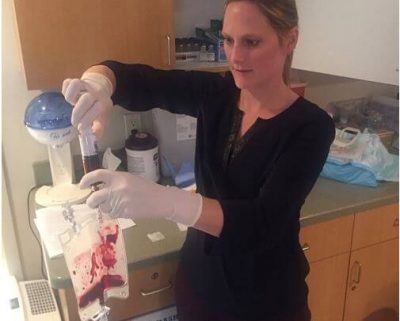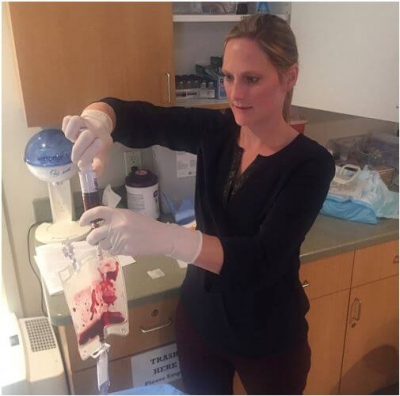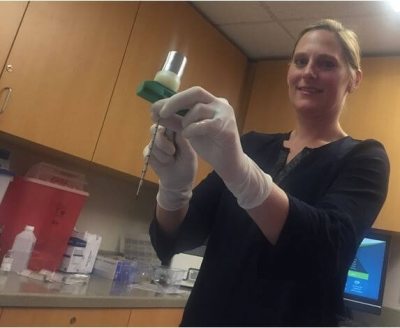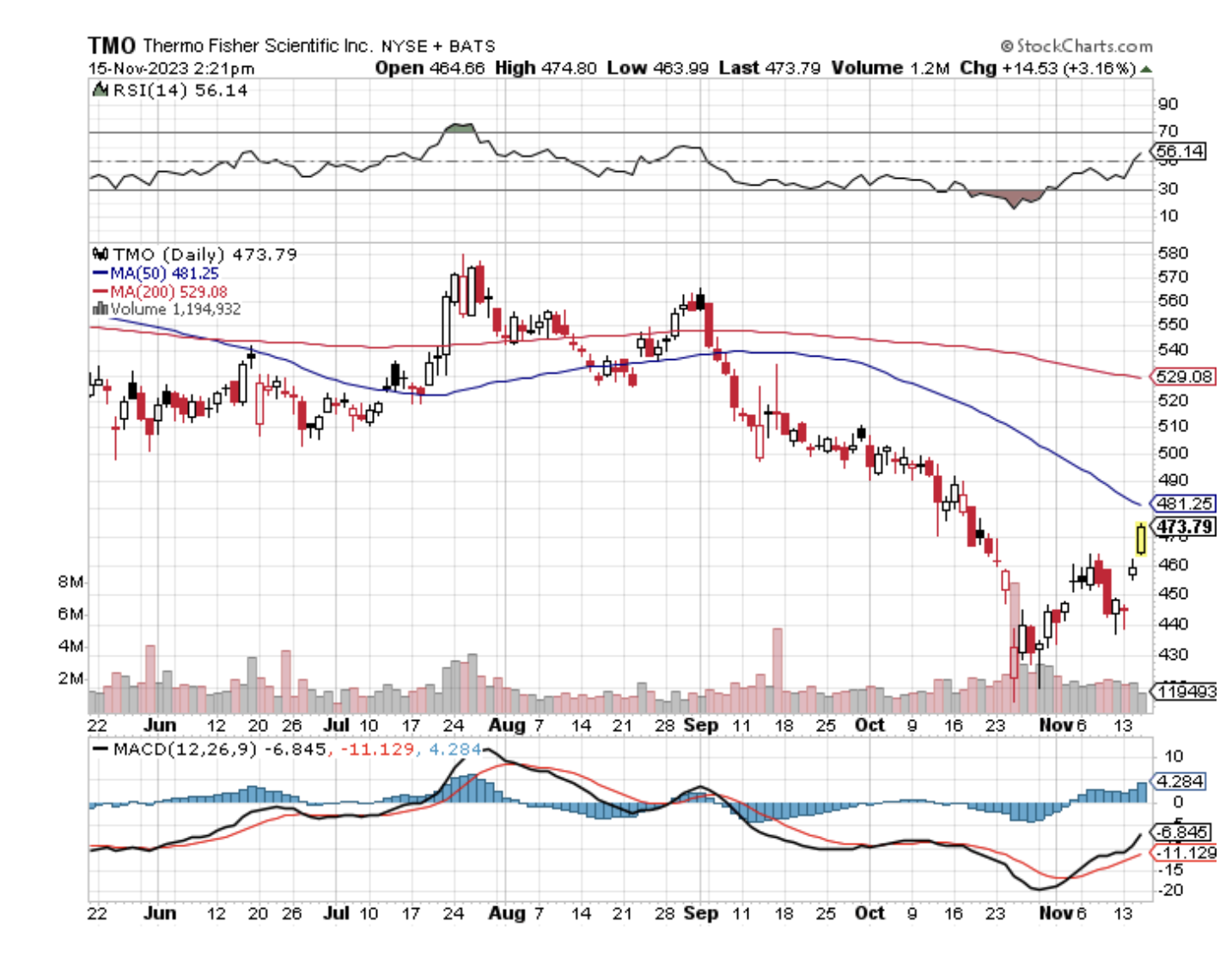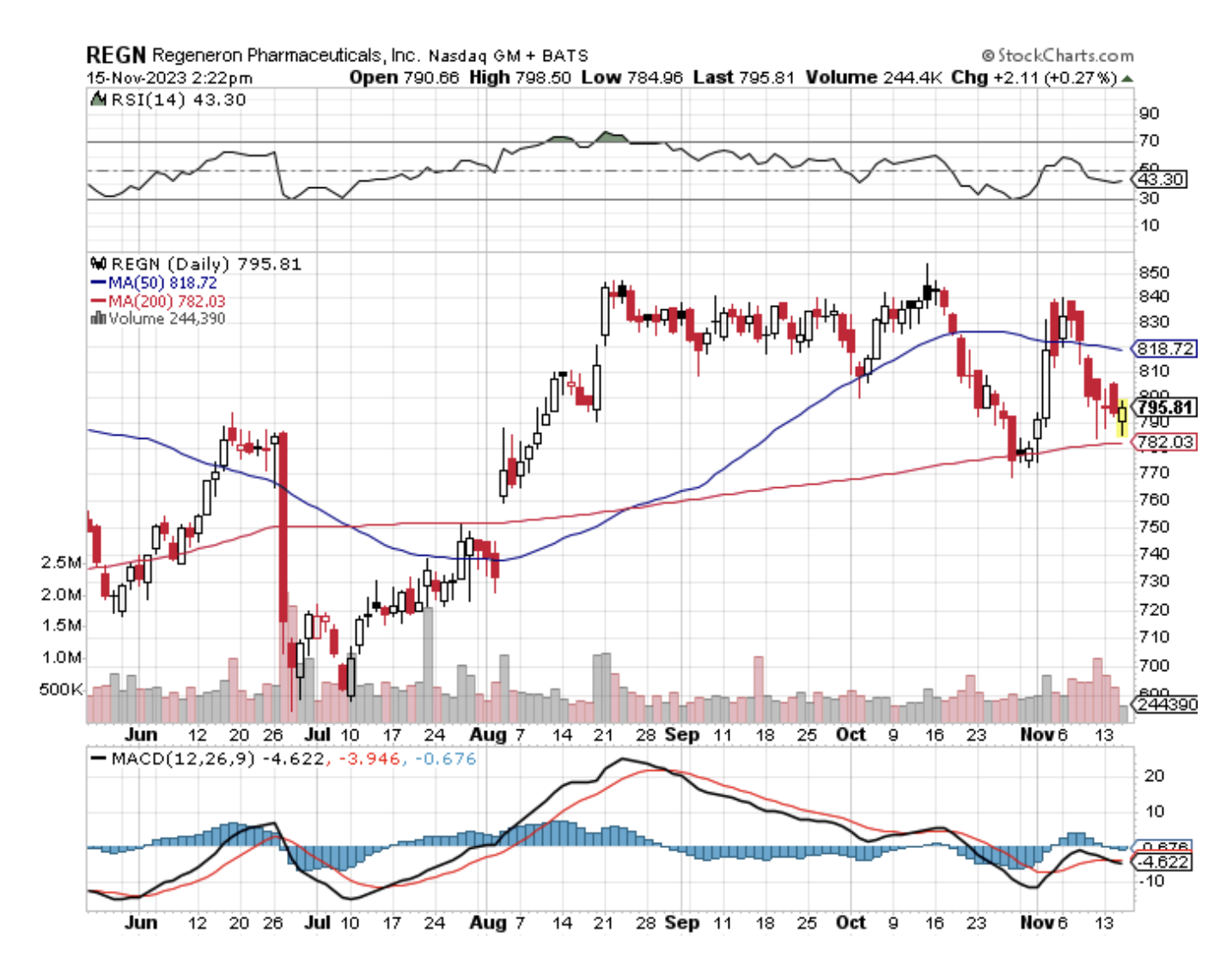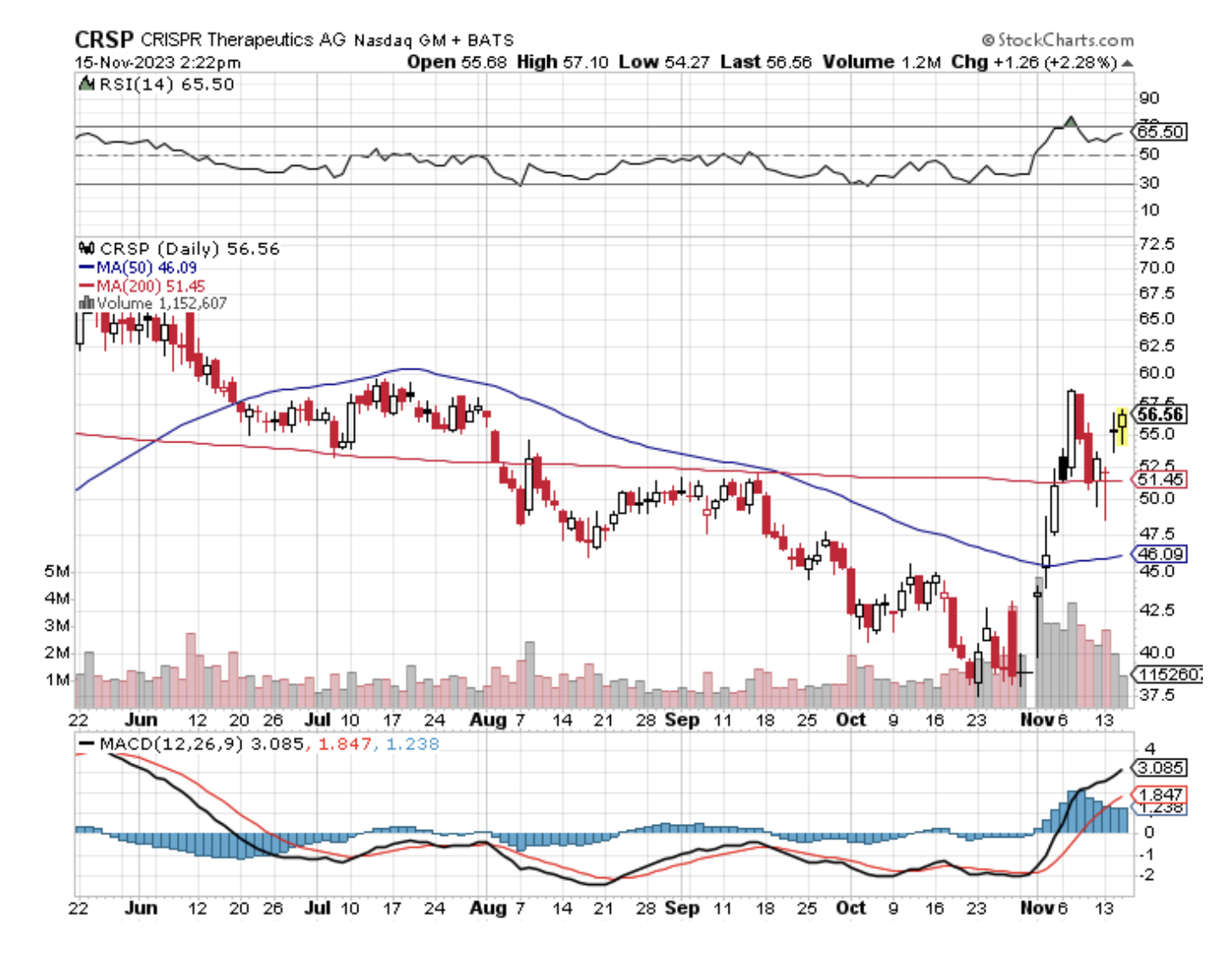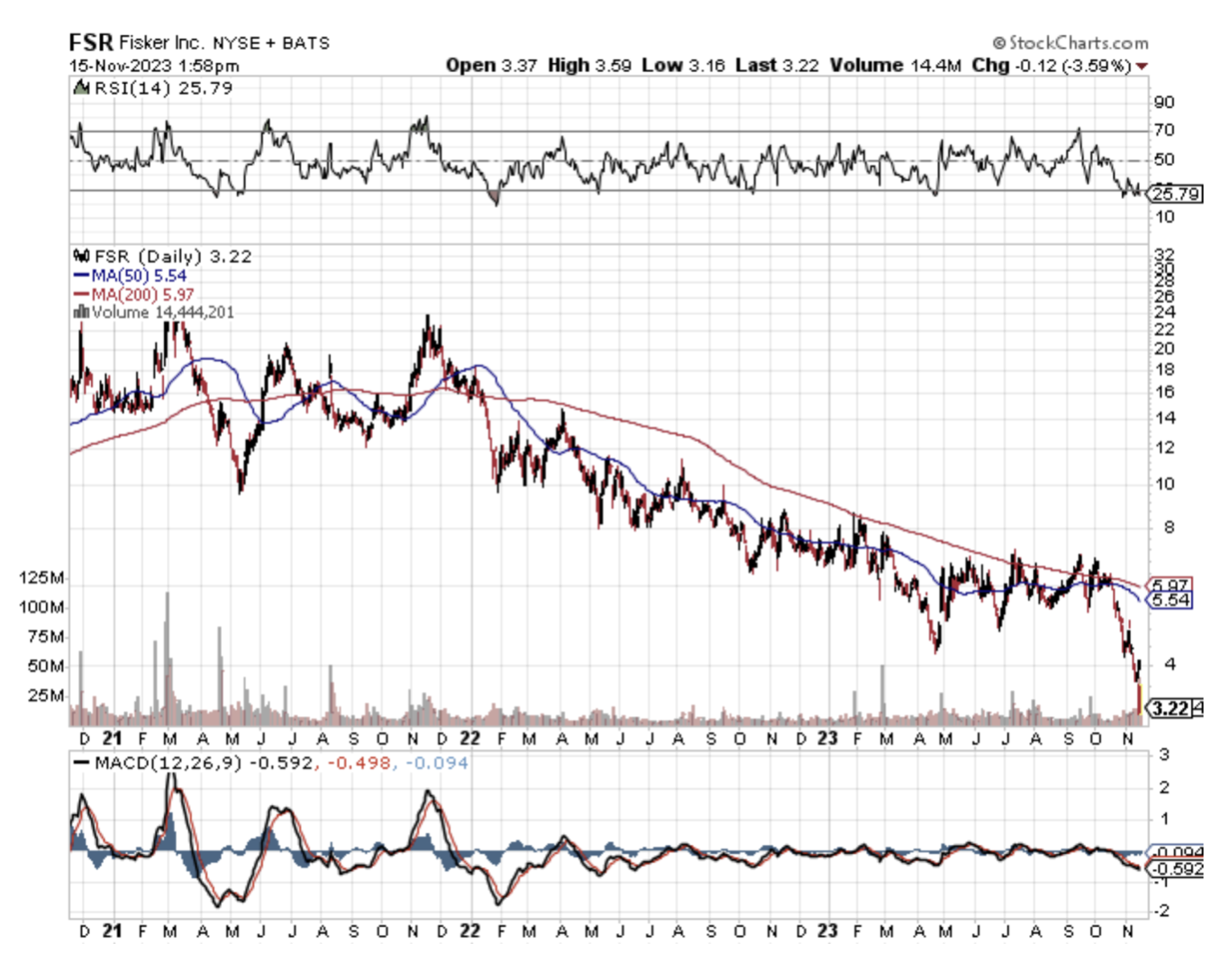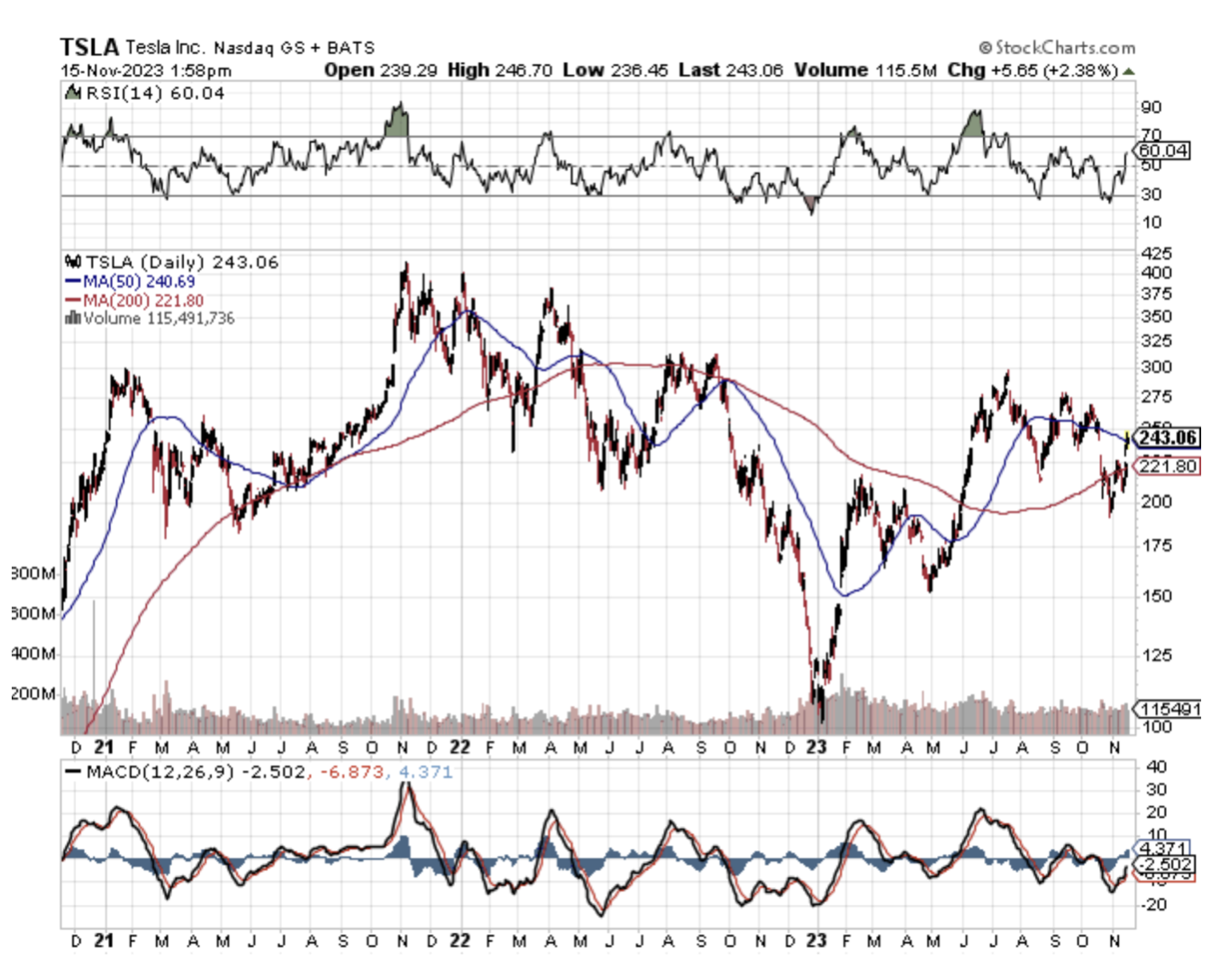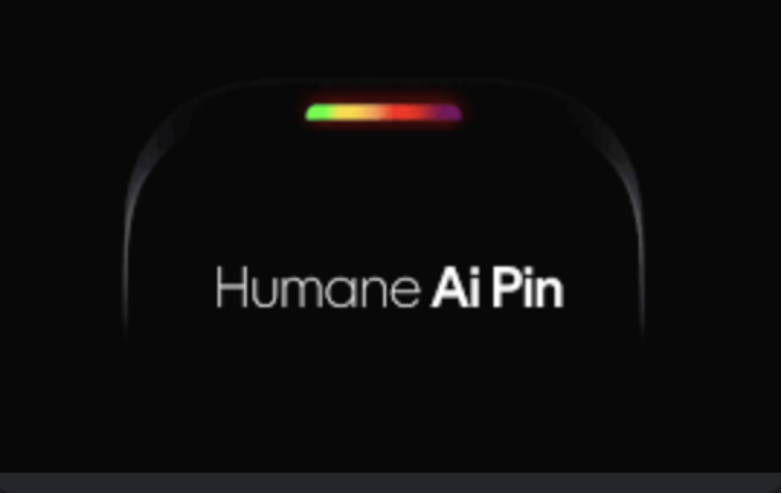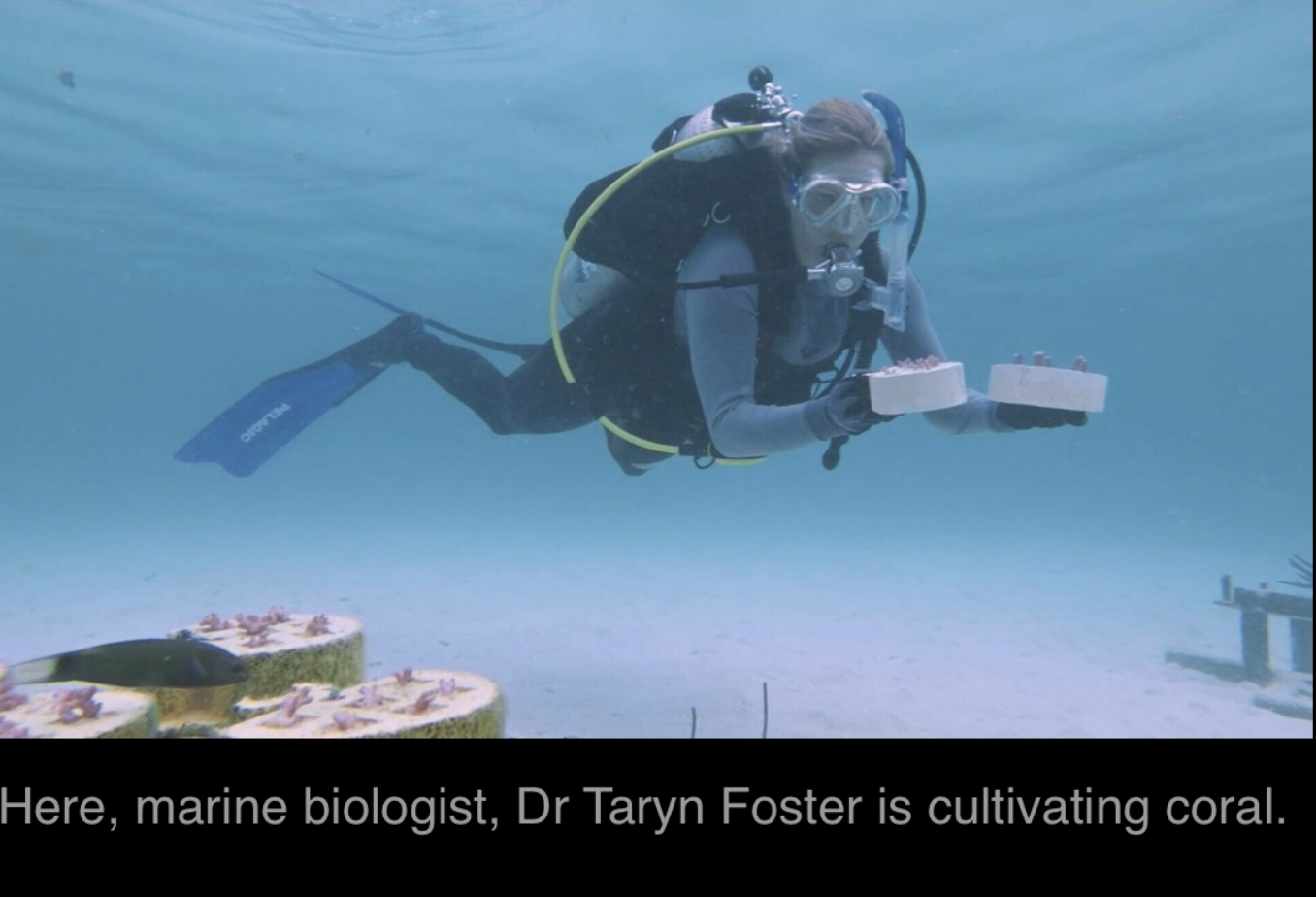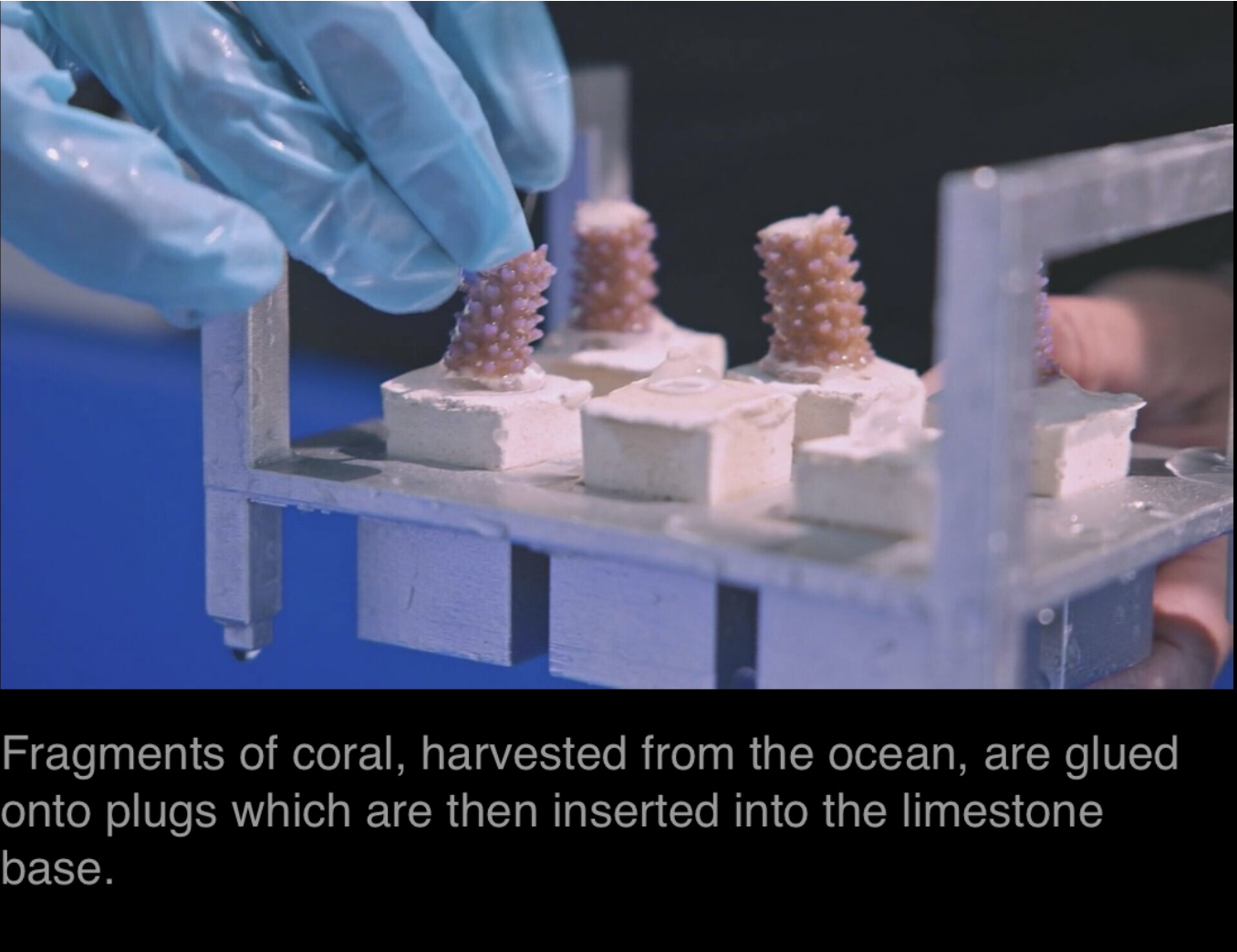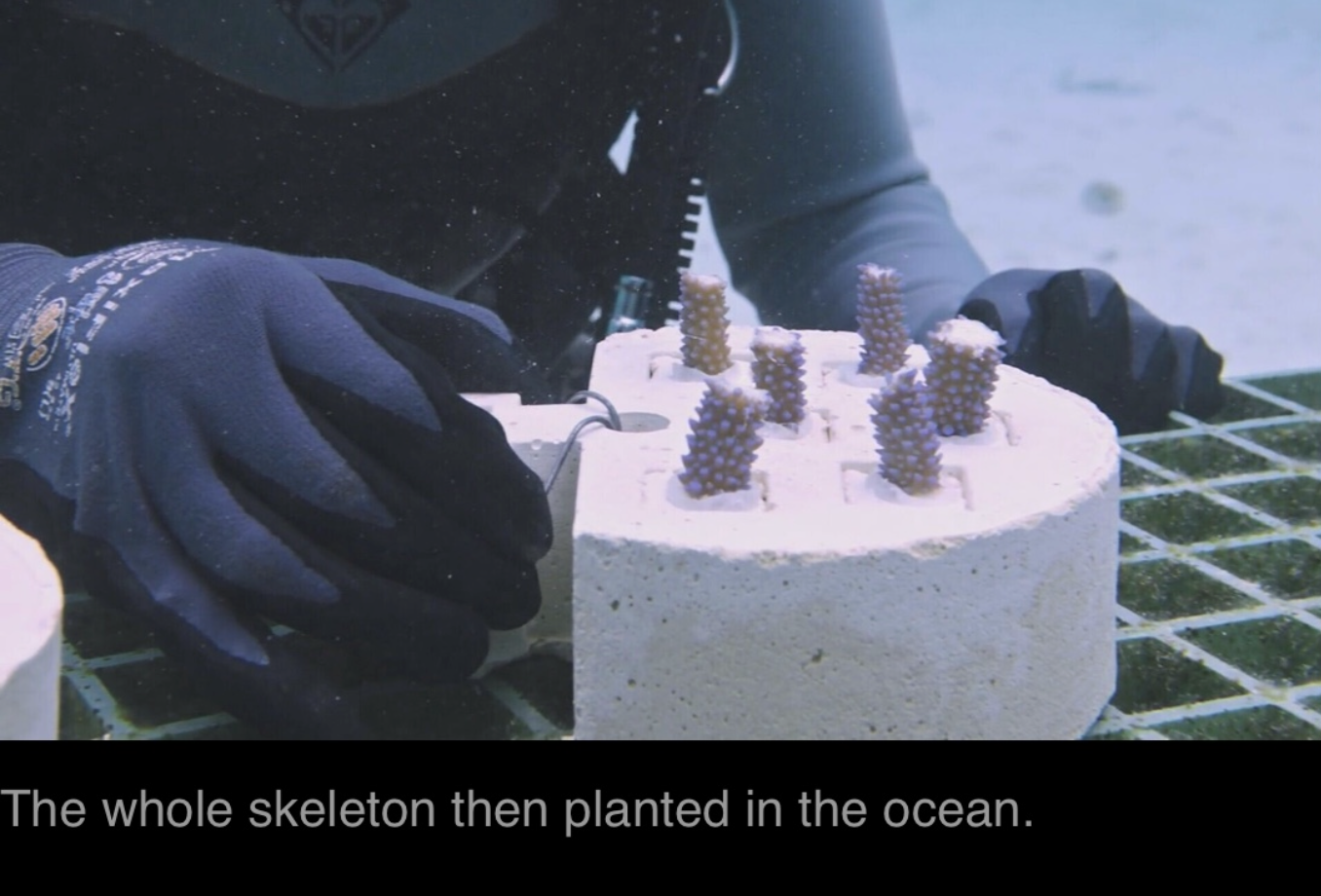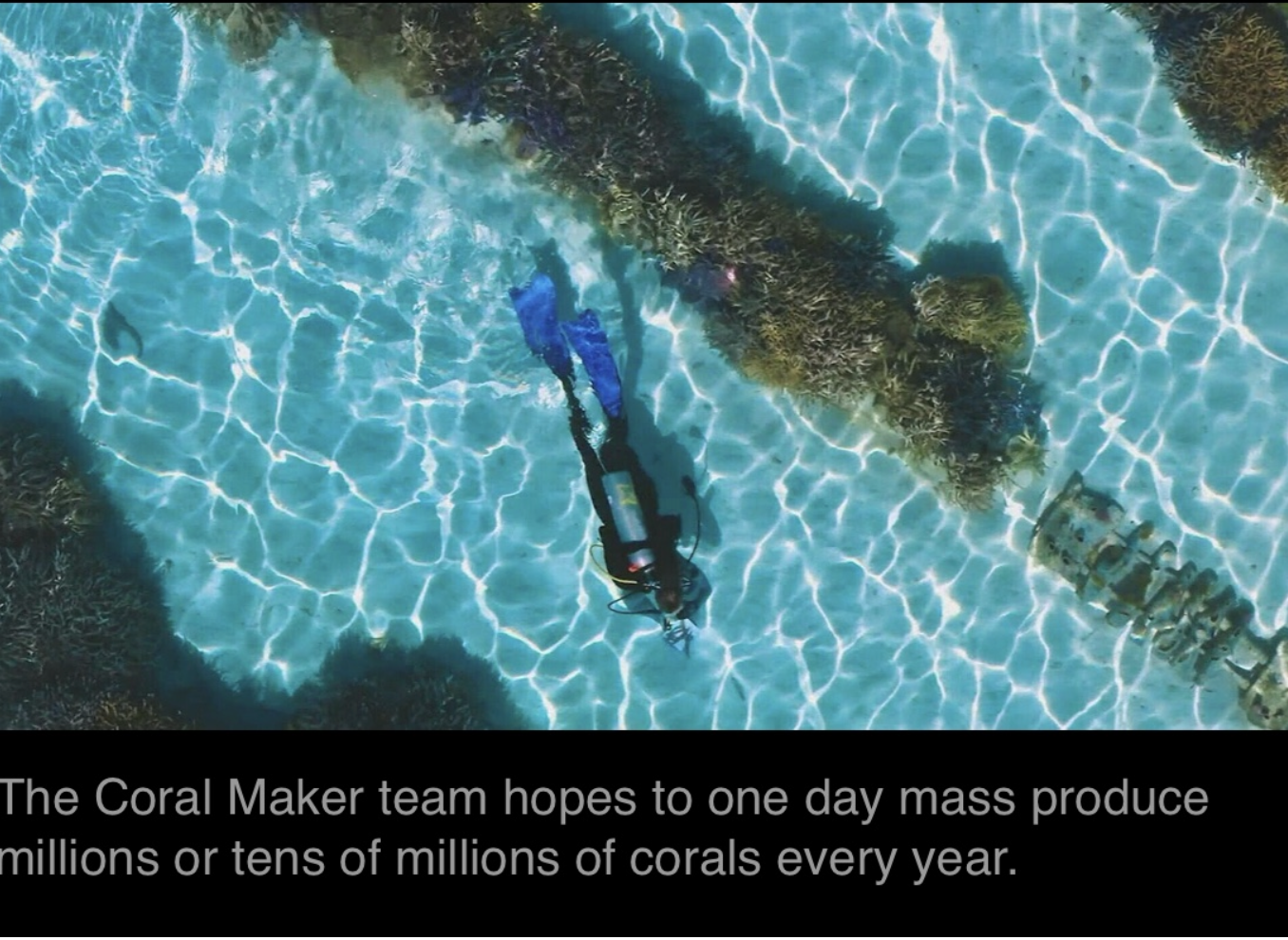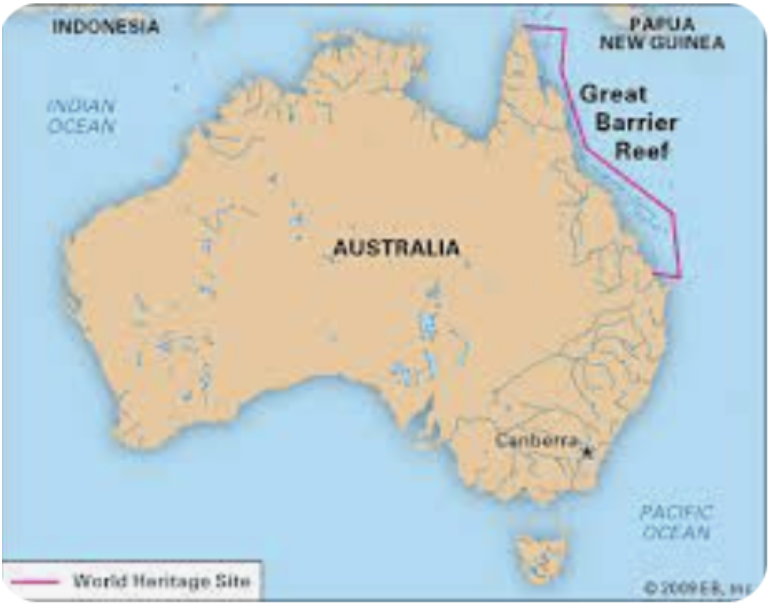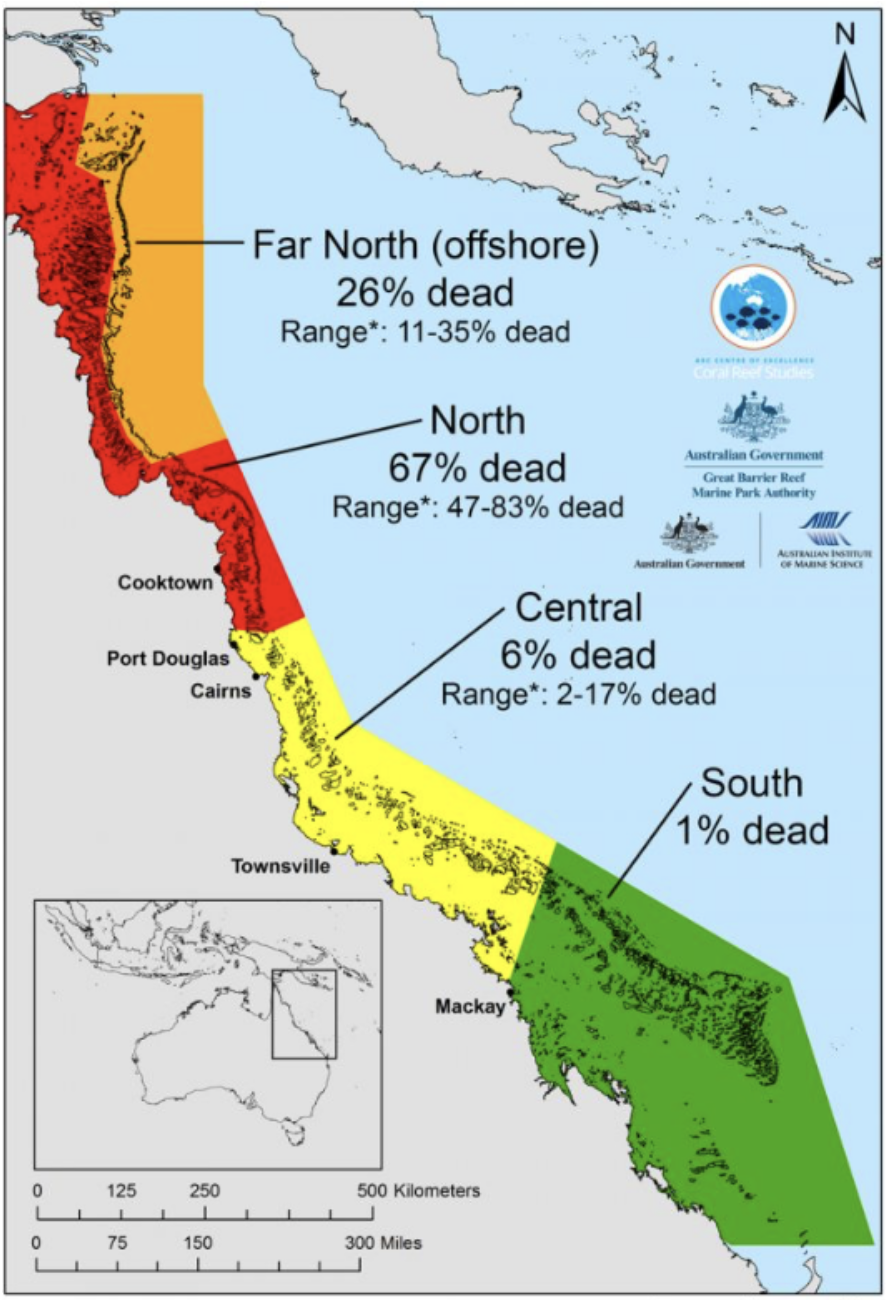I’ll do anything to postpone aging, as regular readers of this letter already know.
So when my doctor told me that she could extend the life of my knees by ten years with a stem cell injection, I was all for it.
You better pay attention too.
Stem cells, along with CRISPR gene editing (CRSP), are two hyper-accelerating medical technologies that promise to cure your ills, extend your life, and make you fabulously rich along the way.
Have I got your attention?
When my doc confirmed that she was already getting spectacular results from her other elderly patients, such as the dramatic regrowth of knee cartilage, it was like pushing on an open door.
Yes, these are the famous well-worn 71-year-old knees you have heard so much about over the past 15 years that hike and snowshoe 2,000 miles a year with a 50-pound backpack.
My doc is not lightweight. She is the orthopedic surgeon for the US Ski Team at Lake Tahoe, which is why I sought her out in the first place.
As a UCLA-trained biochemist, I have known about stem cells for most of my life. They only left the realm of science fiction two decades ago.
Early sources of stem cells relied on stillborn human fetuses, creating a religious and political firestorm that led to severe restrictions, a funding drought, or outright bans.
During the 2000’s, California was almost the only state that permitted stem cell research.
Since then, the technology has developed to the point where it can be easily harvested throughout the human body.
Easy, except when the source is the bone marrow in your backbone.
“You may feel a slight twinge,” said my doctor, as she flushed the air out of a gigantic horse needle the width of a straw. “I only have to hammer this needle into your hip bone 20 or 25 times to get the marrow I need.”
This was NOT in the glossy brochure I had been provided.
I said, “Don’t worry, Marines are immune to pain.”
“Does that work?” she asked.
“No, not really,” I replied, grimacing. “But it sounds good.”
I felt every single blow and tried to imagine myself on a faraway tropical island. It turned out to be 55 blows. I counted.
Once she obtained the 10cc she needed, she popped it into a small centrifuge to separate the stem cells (clear) from the red blood cells (red).
She then used an ultrasound machine to inject my stem cells at the exact right spot in both of my knees.
Being the true journalist that I am, I took pictures throughout the entire procedure with my iPhone 15 (see below).
The problem with advanced, experimental treatments is that they are not covered by your health insurance. Still, I thought $2,000 for ten years of extra life for both knees was a bargain.
Stem cells are undifferentiated cells that can transform into specialized cells such as the heart, neurons, liver, lung, skin, and so on, and can also divide to produce more stem cells.
You can think of stem cells as chemical factories generating vital growth factors that can help to reduce inflammation, fight autoimmune diseases, increase muscle mass, repair joints, and even revitalize skin and grow hair.
Goodbye, Rogaine!
When you are young, you have oodles of these cells, which is why kids so rarely die from dread diseases.
However, as you age, your exposure to too much sunlight at the beach, too many chemicals in the food and water you eat and drink, and natural background radiation degrades your DNA and reduces your stem cell supply.
Supplies of stem cells diminish as much as 100 to 10,000-fold in different tissues and organs. Welcome to old age, and eventually death.
The procedure I underwent is called Autologous Adult Stem Cells Treatment.
The great thing about it is that since you are using your cells, the risk of rejection or infection is minimal. And they are free!
This approach has become the must-go treatment for the wealthy seeking to repair aging, sagging parts of their bodies.
They are often sold with vacation packages in exotic third-world countries where regulation and medical malpractice suits are nonexistent.
The fact that the treatments are now becoming widely available in the US testifies to their effectiveness.
Do any search on stem cell treatments, rejuvenation, or life extension and you will find hundreds and hundreds of private clinics offering to do so for high prices.
California leads the nation with 109 clinics (including 18 in Beverly Hills alone), followed by New York and Texas.
Just follow the money.
The market is now on fire and is expected to reach $270 billion by 2025.
As a result, several breakthroughs in longevity are just around the corner.
The industry is now branching out into fields considered unimaginable just a few years ago. I’ll cover some of the highlights.
Imagine using your stem cells to repair not only your knees but any other organ. This is already being done in the lab with animal trials.
In Japan, they are growing human eyes from scratch, including lenses and corneas.
At Stanford, stem cells are bringing dramatic improvements in stroke victims.
At USC they are deployed to bring rapid repairs to those with severe spinal cord injuries.
Several private firms have sprung up to facilitate the banking of your stem cells through cryogenic freezing, such as Lifebank. Just harvest them when you are young for future use.
Better yet, get born to wealthy parents who will pay to have your birth placenta and umbilical cord frozen, the two richest sources of stem cells known.
The key term to search for your investment strategy is Mesenchymal Stem Cells, the major stem cells for cell therapy, or MSCs.
These cells can differentiate into vital cells that can be used to cure autoimmune disease, cardiovascular disease, liver disease, and cancer.
There are now several hundred clinical trials involving these cells underway.
A more adventurous strategy is to buy the stem cells of others and have them injected into yourself, a procedure known as parabiosis.
A company in Monterey, CA named Ambrosia is doing exactly this for $8,000 a patient. The goal here is to reverse aging across every major organ system.
Of course, I think there’s got to be a trade here.
Not so fast.
Almost all stem cell efforts are now confined to the research labs of major universities or are buried inside large biotech and drug companies.
A few researchers have spun off to set up their own private companies with substantial venture capital backing.
That said, there are a few peripheral listed plays.
Celgene is one of my favorites and is an early entrant in the field. They are using placenta-derived cells to cure a whole host of diseases, which you can find listed on their site at http://www.celgene.com/research-development/rd-locations/celgene-cellular-therapeutics/cell-therapy/
Thermo Fischer Scientific (TMO) provides a range of tools and supplies scientists need to pursue stem cell research (click here for their site at https://www.thermofisher.com/us/en/home.html
Regeneron (REGN) uses stem cells to pursue a broad range of serious medical conditions, including ophthalmology, cancer, rheumatoid arthritis, asthma, atopic dermatitis, pain, and infectious diseases. Visit their site at
https://www.regeneron.com
The problem with the entire biotech sector is that it can take a long time to deliver new drugs and procedures to market. So these may be next year's investments, instead of next week's ones.
And how are my knees doing? I knew you would ask.
A little swelling in my knees went away in a day. I sat funny for a few more days, thanks to my bone marrow extraction.
It will take about six months before any real growth in new cartilage in my knees can be measured with an MRI scan, which I have scheduled. So far, the results have been great.
But you know what?
My knees have not hurt an iota, despite my regular tortuous exercise regime. And I think that, right there, is a win.
If it works, my doctor wants to extract fat cells from my middle, known as Adipose Cells, and inject their stem cells, into my knees.
Talk about killing two birds with one stone!
This Won’t Hurt a Bit

